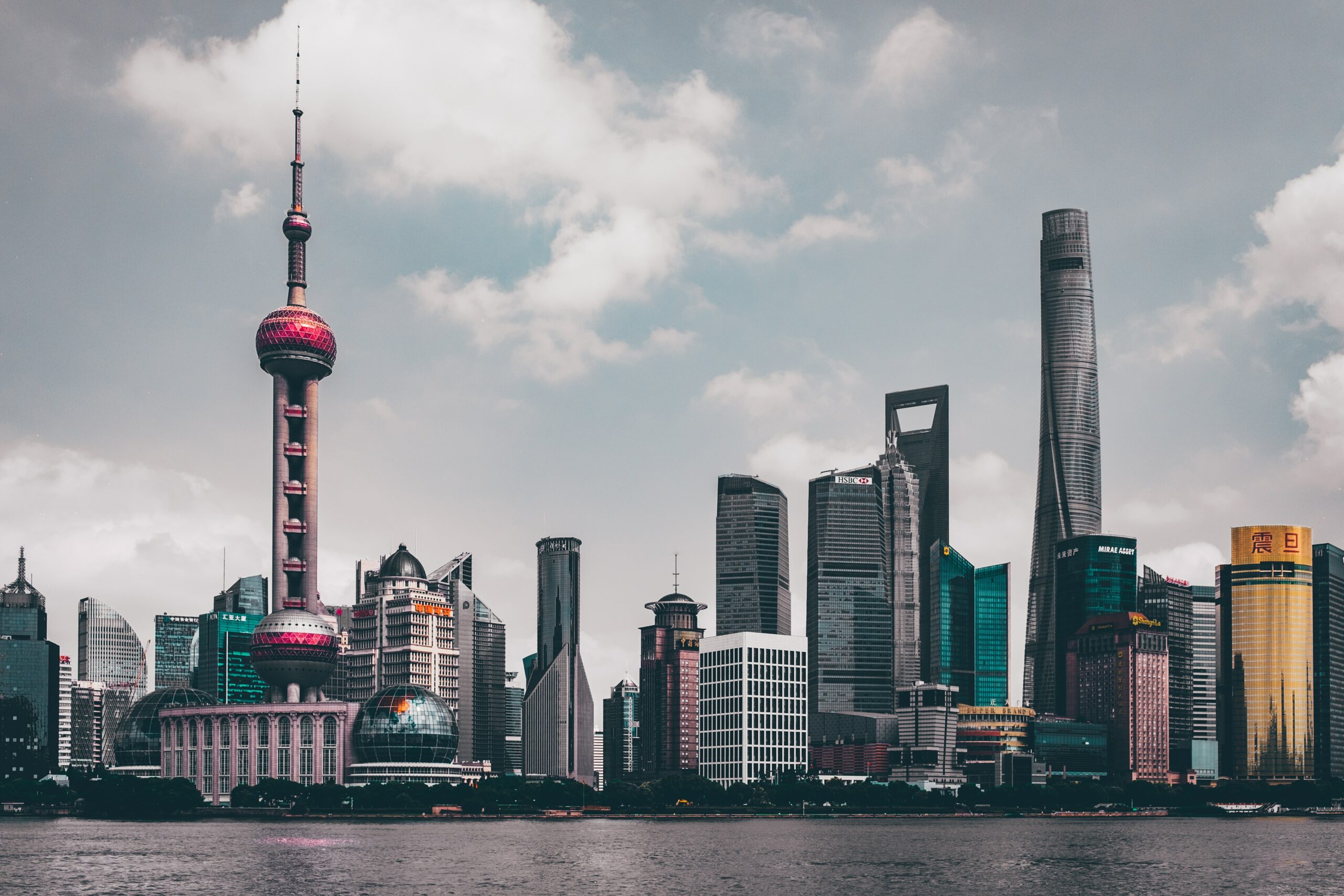

A clear consensus has emerged. The failings of China’s second-largest real estate developer, Evergrande Group, and other broader clampdowns will lead to neither a Lehman-style financial crisis nor even a growth slowdown. Chinese financials outperformed the overall index in recent weeks even as Evergrande teetered on default (Chart 1). And on the growth front, many expect some form of stimulus, which will keep growth on track. Consensus forecasts of Chinese growth for 2022 and 2023 have barely budged in recent months (Chart 2). The real surprise, then, would be a meaningful growth slowdown at the very least.
We can point to an over-stretched property market, new private sector regulations and continual COVID lockdowns as possible triggers for this slowdown. But behind these is China’s unsustainable credit boom. China’s credit growth has been exceptionally high since the global financial crisis (GFC) – much higher than other EM countries (Chart 3). Yet growth has been relatively weak. This means China’s credit intensity is very high – that is, increasingly more credit is needed to generate a unit of growth (Chart 4). Indeed, before the GFC, roughly one yuan of credit would generate one yuan of growth. Since then, it has been closer to four yuan on average and as high as 12 for one yuan of growth.
Authorities are therefore being forced into deleveraging the economy. Timing-wise, COVID has given authorities more control of the population and greater awareness of the power of private tech. Meanwhile, next year President Xi Jinping will likely see his second term renewed for an unprecedented third, giving a political imperative to push through many of these reforms. Ultimately, almost every country that has experienced the unravelling of a credit boom has either suffered a major economic slowdown, a financial crisis, or both. China could likely be no different.
A more detailed note on China with market implications is available to Macro Hive Professional clients. For details, contact us here


Bilal Hafeez is the CEO and Editor of Macro Hive. He spent over twenty years doing research at big banks – JPMorgan, Deutsche Bank, and Nomura, where he had various “Global Head” roles and did FX, rates and cross-markets research.
